Hack Squat Foot Placement: How to Target Different Muscles
Though the hack squat is relatively simple in comparison to other heavy leg exercises, lifters new to the movement may be unsure of how to properly space their feet apart, as well as where to place them in relation to the rest of the body.
Fortunately, learning the standard foot placement is quite simple; shoulder-width apart with the toes pointed forwards, or slightly outwards depending on ankle mobility.
However, if the standard foot placement feels uncomfortable for the lifter or if they wish to alter their foot placement so as to achieve a specific goal, a more technical analysis of the lower body may be in order.
What are Hack Squats?
The conventional hack squat is a machine-based compound exercise performed for the purposes of growing the muscles of the legs, especially in regards to those of the quadriceps.
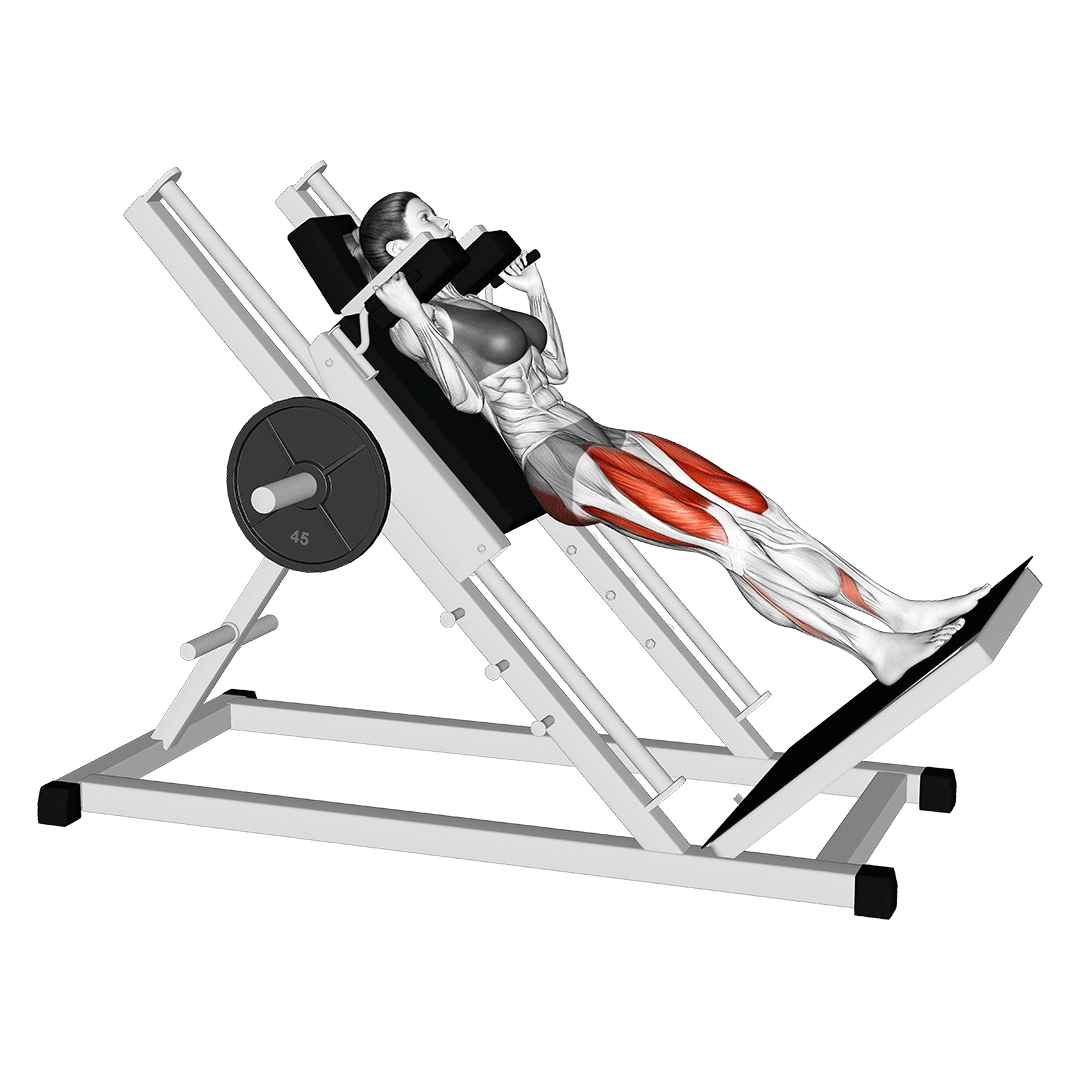
Unlike other machine compound exercises like the leg press, the hack squat is performed in a nearly-standing position, hence the importance of mastering foot placement before training with working weight.
Benefits of Hack Squats
Hack squats are an excellent and relatively safe way of building the leg muscles, especially for bodybuilders that wish to perform high volume sets of a compound movement without a risk of joint irritation.
Furthermore, the machine-based nature of hack squats means that they are far more adjustable than other compound leg exercises, allowing lifters with poor lower body stability or those in need of specific angles of resistance to take advantage of the exercise to its fullest degree.
Muscles Worked by Hack Squats
Though hack squats will primarily work the quadriceps muscles, they can also target the muscles of the glutes, hamstrings and hip abductors in a dynamic fashion - not to mention the isometric contraction of the calves and core muscles.
How are Hack Squats Performed?
To perform a hack squat, the lifter will step into the machine facing away from the pads, setting their feet shoulder-width apart on the metal baseplate. The shoulders should be secured beneath the pads as well, ensuring that the lift is as comfortable as possible.
Remember that the machine may be adjusted to fit the lifter’s proportions as needed.
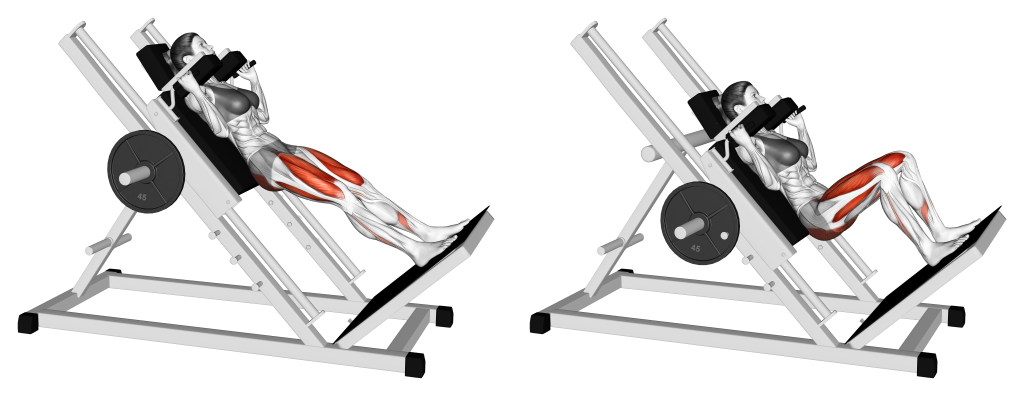
From this position, they will unlock the sled and brace their core muscles, bending at the hips and knees simultaneously until they reach the deepest depth their mobility will allow.
Once reaching sufficient depth, they will push through the heels and extend both their hips and knees once more, stopping once they have returned to a standing position.
Why is Foot Placement Important for the Hack Squat?
As is the case in all other exercises, the placement of one part of the body will directly affect the rest of it - hence the term kinetic “chain”. This is particularly true with the hack squat, which will feature multiple moving joints and utilization of the feet as the main physical support of the entire body.
As such, it should be no surprise that placing the feet unevenly or in a position other than the norm can alter the effects and mechanics of the hack squat, whether intentional or not.
Muscular Recruitment
Though the hack squat will recruit the entirety of the lower body to some extent, the actual focus of the exercise can be changed depending on the relative position of the feet to the pelvis.
Generally, the closer the feet are set to the body (or lower on the plate), the greater the quadriceps will be recruited, with the opposite case being true as well.
If so desired, more advanced lifters will choose a non-standard foot placement so as to better emphasize the training of a specific muscle group.
Stress on the Knees and Ankles
Another overlooked point of importance related to foot placement is the mechanical stress that can be placed on the joints of the lower body.
While it is indeed true that drawing the feet closer to the pelvis can increase recruitment of the quadriceps muscles, it also means that
Compatibility With Mobility and Personal Anatomy
Even with the machine adjusted for the lifter’s height, incorrectly setting the feet can cause individuals with poor mobility or incompatible proportions to find the hack squat uncomfortable - if not outright increase their risk of injury.
While the standard hack squat foot placement of shoulder-width apart in the center of the plate is indeed true, it is meant to act as more of a general guideline that can be adjusted in order to meet the physiological needs of the lifter.
Proper Foot Placement for the Hack Squat
The “traditional” proper foot placement for a hack squat stance is to set the feet shoulder-width apart at the center of the base plate, toes pointed slightly outwards or forwards depending on ankle mobility.
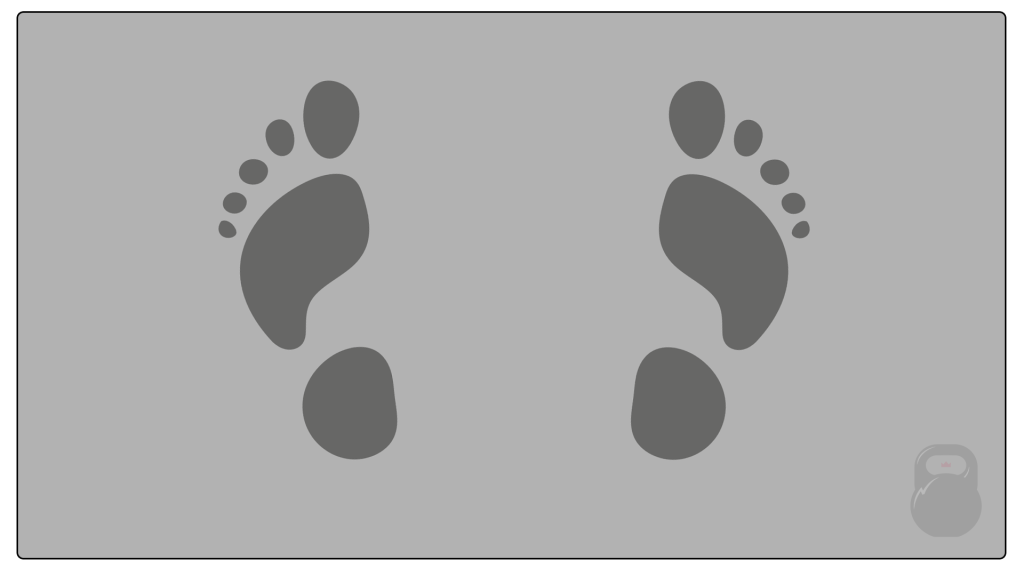
While this is indeed the “correct” way to perform a hack squat, it is not the only way, and modifying the stance to meet your goals is rather common among lifters.
If needed, the foot placement may be altered by changing the actual placement of the feet on the plate, altering the width between them or the direction in which the toes are pointing.
How to Modify Foot Placement During Hack Squats
Whether for the purposes of increasing muscular recruitment to a certain degree or otherwise creating a more comfortable exercise, altering the otherwise “standard” foot placement of the hack squat can help a lifter reach their goals.
Hack Squat and Foot Plate Position
Regardless of how wide the distance between the feet, the actual location of the feet atop the base plate of the machine will alter what muscles are recruited, and to what extent said recruitment occurs.
Setting the feet towards the lower end of the plate will equate to the quadriceps muscles being recruited to a greater extent, with a longer range of motion and greater utilization of the knees (hence the greater usage of the quadriceps).
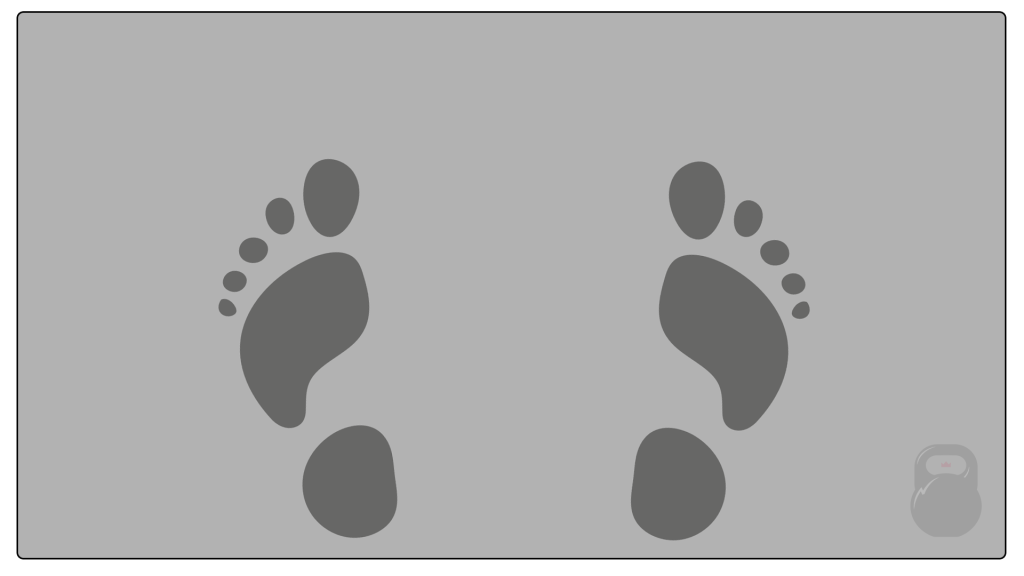
Conversely, setting the feet higher up on the plate will draw the legs further forward, recruiting the muscles of the posterior chain to a greater degree and reducing the involvement of the knees, with the hips working in a wider range of motion instead.
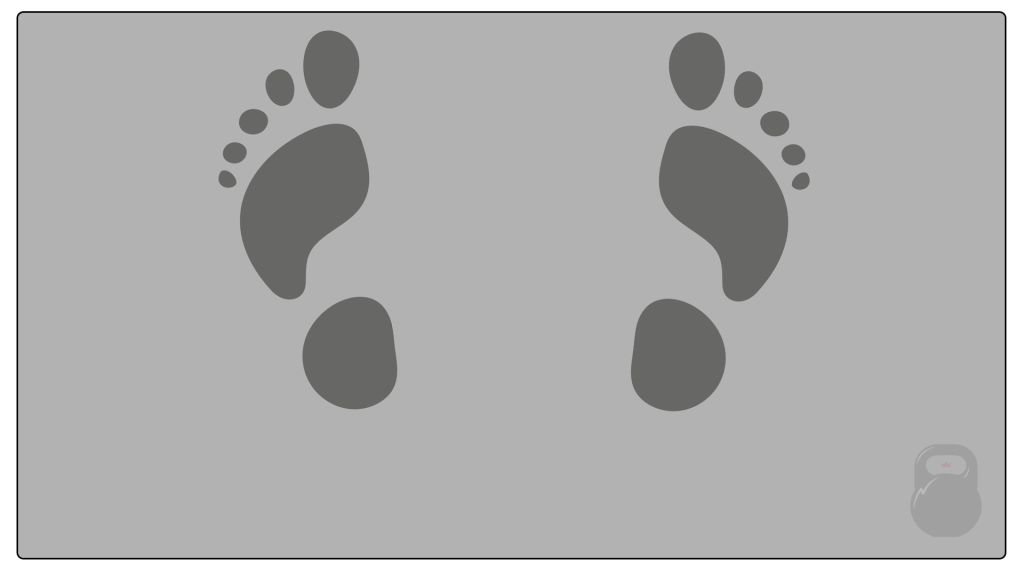
For the most balanced results, the majority of lifters opt to place the feet in the center of the base plate, thereby ensuring that the quadriceps are indeed prioritized but that the posterior chain is also included.
Hack Squat Foot Width
Apart from the actual position of the feet on the hack squat machine’s plate, the distance between the feet should also be factored in so as to maximize the benefits of the exercise.
Though it goes without saying that the feet should be spaced evenly apart, setting them too close together will increase recruitment of the hip abductors and quadriceps while also increasing the vertical distance that the body will need to travel for optimal squat depth.
On the opposite end, placing the feet further apart will improve recruitment of the hip adductor muscles and allow for a shorter range of motion, thereby allowing for more weight to be moved with the same amount of intensity.
Frequently Asked Questions (FAQ)
Does Foot Placement Matter on Hack Squats?
Yes - foot placement will affect both the muscular recruitment of hack squats as well as the actual mechanics of the exercise itself, with wider foot placement diffusing stress through the knees better than a narrow foot placement.
Which Way Do You Stand on a Hack Squat?
For a conventional hack squat, the lifter should face forward, with their back to the pads of the machine and their feet aligned upwards with the base plate.
What is a Reverse Hack Squat?
The reverse hack squat is exactly as it sounds; a hack squat performed with the lifter facing the opposite direction, meaning that their chest is in-contact with the pad of the machine, rather than their back.
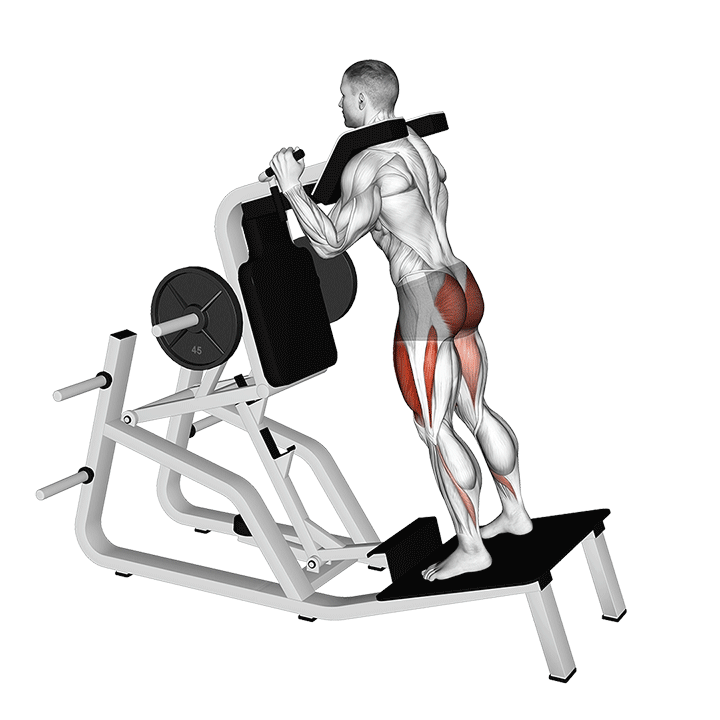
This creates an exercise that is more focused on lower posterior chain muscles like the glutes and hamstrings, with a reduced focus on the quads - the opposite of the conventional hack squat exercise.
In Conclusion
Aligning your body’s position with the factors mentioned in this article will no doubt help you reach your goals sooner.
However, even if you have a specific goal in mind regarding the hack squat, it is a good idea to try out different stance widths and foot placements, as what may be comfortable for one lifter is not necessarily so for the other.
References
1. Sigmon, Chip C.S.C.S.; Duncan, Daniel E. C.S.C.S.. STRENGTH TRAINING MODALITIES: The hack squat. National Strength and Conditioning Association Journal 12(4):p 28-32, August 1990.
2. Lorenzetti S, Ostermann M, Zeidler F, Zimmer P, Jentsch L, List R, Taylor WR, Schellenberg F. How to squat? Effects of various stance widths, foot placement angles and level of experience on knee, hip and trunk motion and loading. BMC Sports Sci Med Rehabil. 2018 Jul 17;10:14. doi: 10.1186/s13102-018-0103-7. Erratum in: BMC Sports Sci Med Rehabil. 2020 Jan 29;12:7. PMID: 30026952; PMCID: PMC6050697.
